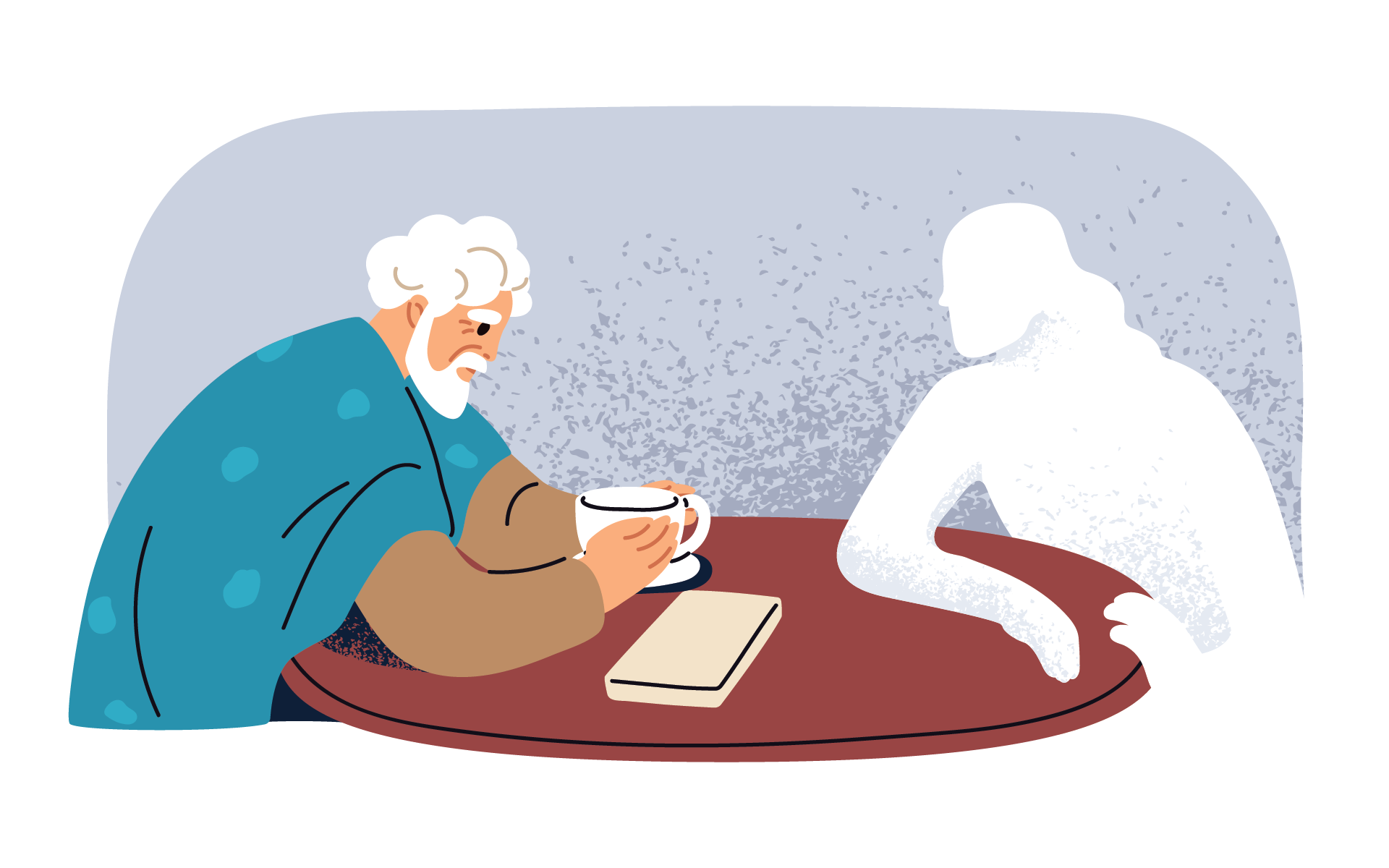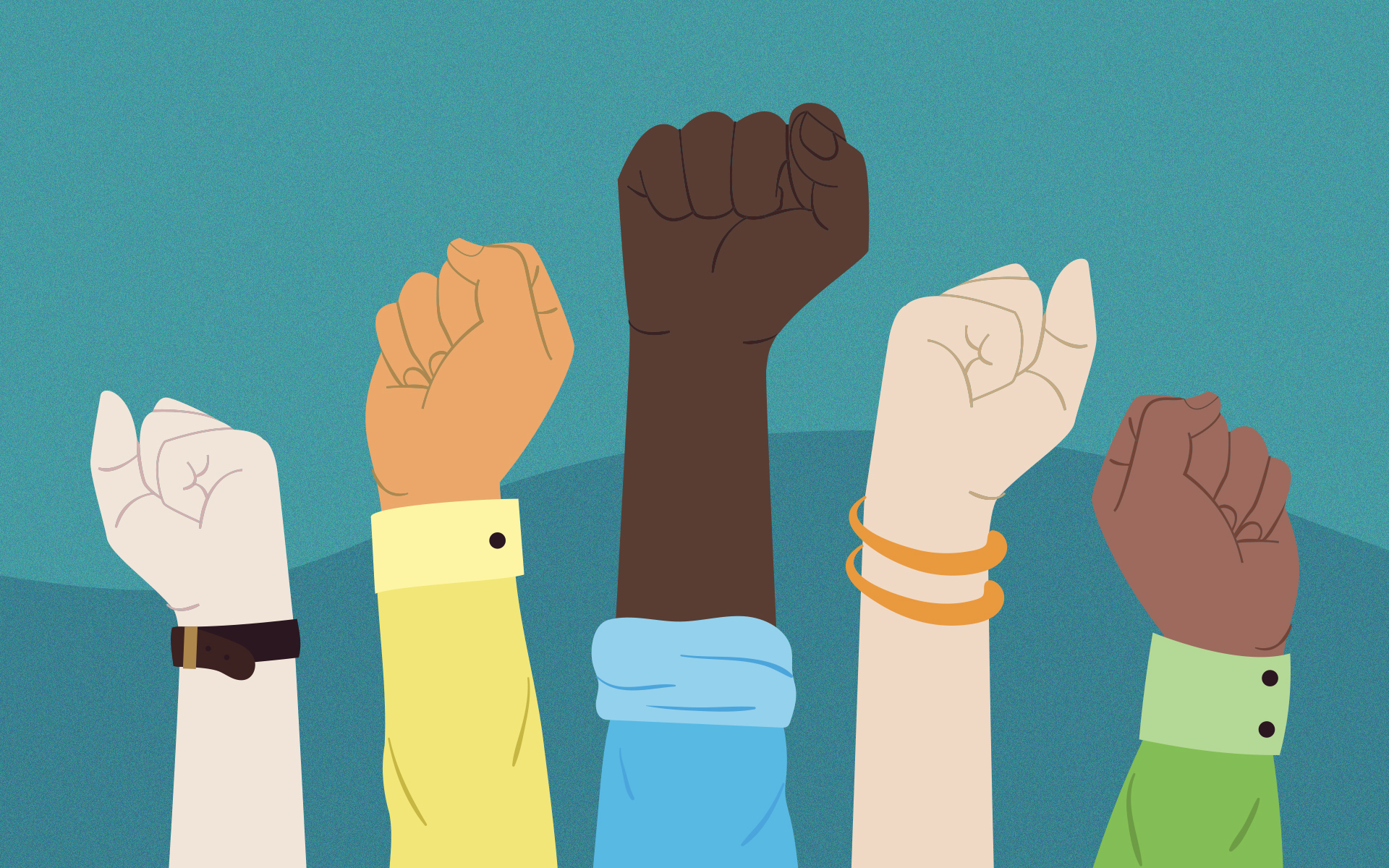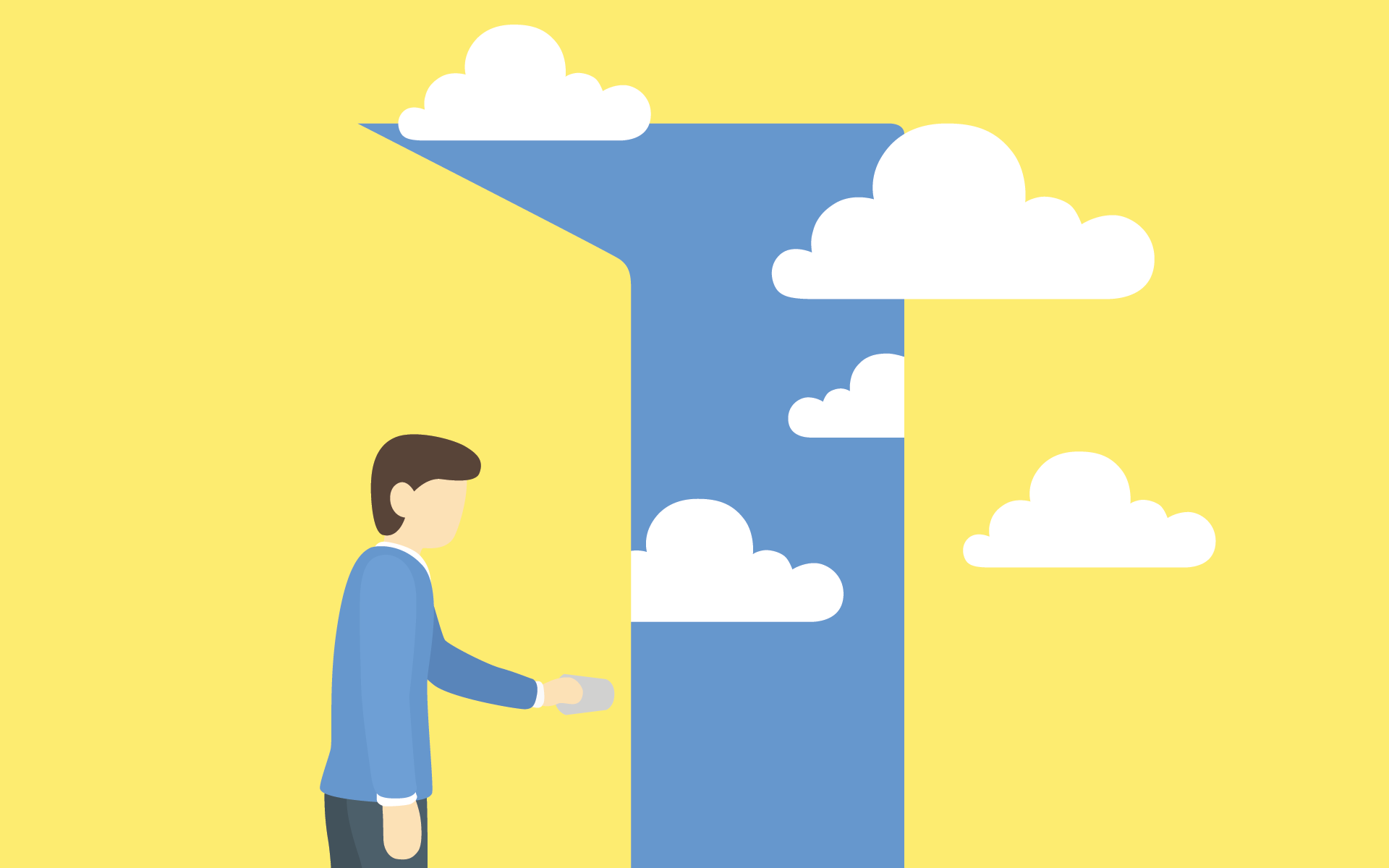Let’s be honest. The past few years have spiked the “hopeless meter” in many of us socially conscious and concerned Americans (no matter where you sit on the political spectrum). On a personal level, I can tell you that there have been more than a few moments when I’ve found myself feeling absolutely depleted and defeated; like all my efforts were futile; like the world was careening down the wrong path and I couldn’t do a darn thing to help it change course.
It’s been a tough few years, alright.
The good news is that every time I find myself dancing on the rim of what I call the “Black Hole of Hopelessness,” I’m reminded that on the other side of difficulty, there’s still so much hope in the world. It may be days or weeks before I can refocus and recognize it clearly once again. It may take a friend or family member to show me the way. It may even require some serious personal time and difficult soul searching, but, ultimately, I know I will get there.
I know that wallowing in my Black Hole is not an option, because living down there means allowing my fears, negative emotions, and all that’s wrong with the world to win.
I can’t let that happen. We, as activists and humanitarians, can’t let that happen. So, how do we avoid the negative pull of the Black Hole of Hopelessness?
The Difference Between Acknowledging Your Hopelessness And Tumbling Into It
There is a big difference between acknowledging the hopelessness and allowing yourself to be sucked into it. Accepting that the difficulty looms is a healthy thing. It’s important to recognize that your feelings of hopelessness, despair, and doom are genuine emotions. Some might even argue they’re grounded in pretty convincing evidence that things aren’t going so splendidly these days.
Acknowledging these “difficult” feelings is the only way to come to terms with them and eventually emerge on the other side. I can assure you that it will do you no good at all to put on a happy face and go through the motions of daily life, while underneath you’re suffering and seething. This merely perpetuates the problem and makes that Black Hole’s pull even stronger. If you want to overcome those negative emotions and get back to your hopeful self, you must first openly acknowledge they exist, they’re strong, and they’re impacting your life in the wrong way.
If you want to overcome those negative emotions and get back to your hopeful self, you must first openly acknowledge they exist, they’re strong, and they’re impacting your life in the wrong way.
Failing to do so may send you headfirst into that Black Hole of Hopelessness, and, once you’re down there, it can be a hard climb out. It becomes easier to expect the worst. You become willing to accept that things will never change and that fighting for ideals that matter to you is pointless. After all, why risk being disappointed when it’s so much safer to manage your expectations by eliminating hope altogether?
Before you know it, that Black Hole will start feeling a little too cozy and climbing out will take one monumental effort. So don’t get sucked down! Acknowledge your emotions and give them their just due so you can work through them and emerge recharged, refocused, and ready to get involved.
This Too Shall Pass
Somewhere between gloom and doom and eternal optimism lives a gray area where we can make real change. In this highly aware state, we acknowledge the current climate as challenging, but also rejoice in the truth that the situation is not permanent. That it can and will change; that we can play a role in directing that change; and that our voices will be heard if we’re willing to speak out.
Living in this gray area, we’re able to see the big picture. Rather than existing in an abject state of hopelessness and outrage, we choose to acknowledge that some things are, indeed, outrageous and infuriating, but that these things can be changed. We grasp that the histories of our nation and the world have been fraught with difficult times, but no matter how horrendous or horrific, the difficulty eventually abated.
In other words, we come to believe the old adage, “this too shall pass.”
Granted, seeing the light can be hard in today’s politically charged times. Our nation is as divided as we’ve ever witnessed it. Families are being disrupted. Friendships are being ended. Our American values are being questioned at home and abroad. Allow yourself to feel sad, angry, and confused about all of this without being sucked into that Black Hole of Hopelessness. Remember that our actions matter. Remember we are engines of change. Remember that small gestures can make large dents in the fabric of the universe.
You may be tired, and feel hopeless, but don’t be scared.
Acknowledge the hopelessness you feel, refrain from wearing a mask of happiness, remember that nothing is permanent and that clinging to anything—whether it be hopelessness and despair or our plans to change the world—confines us to suffering.
This too shall pass.
How to Navigate Your Way Around a Black Hole of Hopelessness
1) Connect with others who are passionate about the same issues. Whether it’s your self-care buddies, community of care, or a local organization or campaign you are volunteering for, surround yourself with people who can understand how you feel. Venting alone doesn’t help—trust me, I’ve tried. But combine complaining with action? There is a winning recipe! My girlfriend Miro and I lean on each other often—we text, talk and meet up to vent—but we always seem to walk away with action items of how to constructively do something about the things we want to see changed. Having a friend like Miro validates how I feel and reminds me that there are others out there who feel the same way.
2) Put good deeds back into the universe—directly. This one is different than finding the issues you are passionate about, politically-speaking. It really focuses on creating that human connection, on giving back and showing others that there is still kindness in the world. For years, I’ve been very involved with a community of need, helping to organize clothing and school supply drives, fundraisers and summer camps. Each year, we organize a shoe drive and initially, I would just drop the shoes off at a collection site. But then I began delivering shoes directly to these kids. I was able to see their faces as they picked out their new shoes. I helped them try them on and tie their shoelaces. I connected with them on a human and meaningful level. It’s still one of my favorite times of the year. My advice is to balance your self-care with a healthy dose of kindness activism.
3) Curate your methods of staying informed. Truly evaluate how much news you are absorbing and be mindful of how the news affects you—physically, mentally and emotionally. Almost two years ago, I decided to stop getting my news from television. I found the visuals being shown and the repetitive nature of the stories on the cable news channels deeply disturbing. So, I vowed to get all my news through reputable print sources and by reading the transcripts of important interviews or speeches. I also turned off all but one of the push notifications on my phone in order to limit interruptions during the day.
REMEMBER, IT’S HUMAN TO FEEL HOPELESS.
You might as well resign yourself to it. Some days are going to feel a little more hopeless than others. The key is making sure those times of despair and frustration don’t snowball and send you over the rim and into the Black Hole of Hopelessness. We cannot allow ourselves to fall victims to despair, anger, and negativity. Feeling these emotions and acknowledging them is great. Giving into them is dangerous.
This is one of the main reasons it’s important to have self-care buddies and communities of care to lean on in tough times—We can reach out and feel that there are others sitting in the space with us; we can hear their kind words, and we can experience our hearts connecting. We can take comfort in knowing that so many important issues are now part of the national conversation because caring people refused to feel or act as though they were hopeless. We can look to history to remind ourselves that despite difficult times in this world good ultimately prevails.
So let’s pledge to each other to avoid falling into despair. And let’s pledge to each other that if we see our community members feeling hopeless, we will throw down a rope and help them back up again. Let’s call upon each other to balance the sitting down of meditation with the rising up of kindness, to ourselves and our communities.
read more
The Five Rules for Self-Care
Being whole and meeting our own emotional and physical needs first, is the only way we will build the world we want to see in the future.
Read More
Why You Need a Self-Care Plan
Shelly Tygielski offers a three-step exercise to help you get started with your own self-care plan—no bubble bath required.
Read More









